A Quick Look at the Moto X - Motorola's New Flagship
by Brian Klug on August 1, 2013 3:00 PM EST- Posted in
- Smartphones
- Qualcomm
- MSM8960
- Motorola
- Mobile
- Android 4.2
- Moto X
- S4 Pro
Touchless Control
Though the UI for the Moto X is indeed stock android basically everywhere ($12.5 Billion later, Google finally killed Motoblur), there are two specific software customizations on the Moto X which are chief differentiators. The first of which is touchless control, which is essentially a combination of always-listening voice command, and Google Now.
The way it works is simple – say “OK Google Now” with the phone in literally any state, and you’ll get dumped into a special Google Now prompt. It works with the phone in standby mode (screen off, powered on, but in deep sleep), or with screen on.
There’s a training initialization which asks you to say “OK Google Now” in a very quiet room three times (I had to lock myself in a bathroom for the meter to register quiet enough) to enable the feature. After that, saying OK Google Now works well and powers on the phone to this menu. Users cannot change the OK Google Now keyphrase to something custom.
For this system, Motorola uses a natural language processor (NLP) of custom design that I haven’t quite tracked down yet. This controller constantly listens on the 3 microphones onboard Moto X for the “OK Google Now” keyword, then wakes up the AP and enables the Google Now prompt. Motorola says it went with this solution to enable always-on voice without killing battery life from running the main AP all the time (which does make sense). It works surprisingly well, maybe even too well, as even after training saying “OK Google Now” can turn on every Moto X around you. Just something to be aware of.
Contextual Processor
The contextual processor powers two other features, active display, and the gesture-enabled quick capture camera.
Active display is Motorola’s solution to the constant device checking and glancing that users do to find out why a notification fired. It’s a view that sits above the lock screen and displays the last few notifications and enables you to dive into the appropriate app that triggered it. Information just appears on the display when it’s in an off state, breathing in and out when the device is face-up on a surface. Otherwise, flipping the Moto X from face down to face up will bring up the display – I can’t screenshot it, this seems to live outside Android entirely.
To get a preview, you can touch the notification, and then drag up. Dragging left or right clears notifications. Dragging up into a notification will dive into the appropriate application.
There are privacy settings to enable or disable how much information you can have displayed on the active display notification screen so this doesn’t bypass if you have a lock screen on purpose.
I leave my phone face-up on my desk instead of face down to prevent screen scratches, where and the Active Display notification screen pulses periodically with the time and when notifications come in. It works well, I just need to spend time with it.
The other contextual-powered feature is quick capture, which is the quick enter camera gesture. Hold the Moto X, flick your wrist like a screwdriver, and you’ll get popped into Motorola’s camera UI for the Moto X.
The UI is very simplified and makes some interesting choices. Tap to focus and expose is disabled by default – instead tapping anywhere captures a photo. Tap to focus can be re-enabled in the settings, which fly out from the left, but now tapping anywhere focuses on that region and captures immediately. I’m not sure if I like this change. The camera sensor is 16:9, and the preview is likewise 16:9, so there’s at least no cropping going on.
The UI includes HDR, flash control, tap to focus enable/disable, slow motion video (720p60), panorama, location tagging, shutter sound, and the flick gesture enable/disable. What’s missing is photosphere support, unfortunately. Dragging right gets you into the gallery, and there are buttons for changing to the front facing camera and taking video instead of photos. This is sort of a tweaked Android 4.2/4.3 camera UI, with stuff just moved around and photosphere removed.
I’ve done some digging around and believe that Motorola is using a TI MSP430 microcontroller for its contextual processor, as this seems to do at least sensor fusion for the different situational positions. I’m not sure if this also powers the active display functions but wouldn’t be surprised if it did.


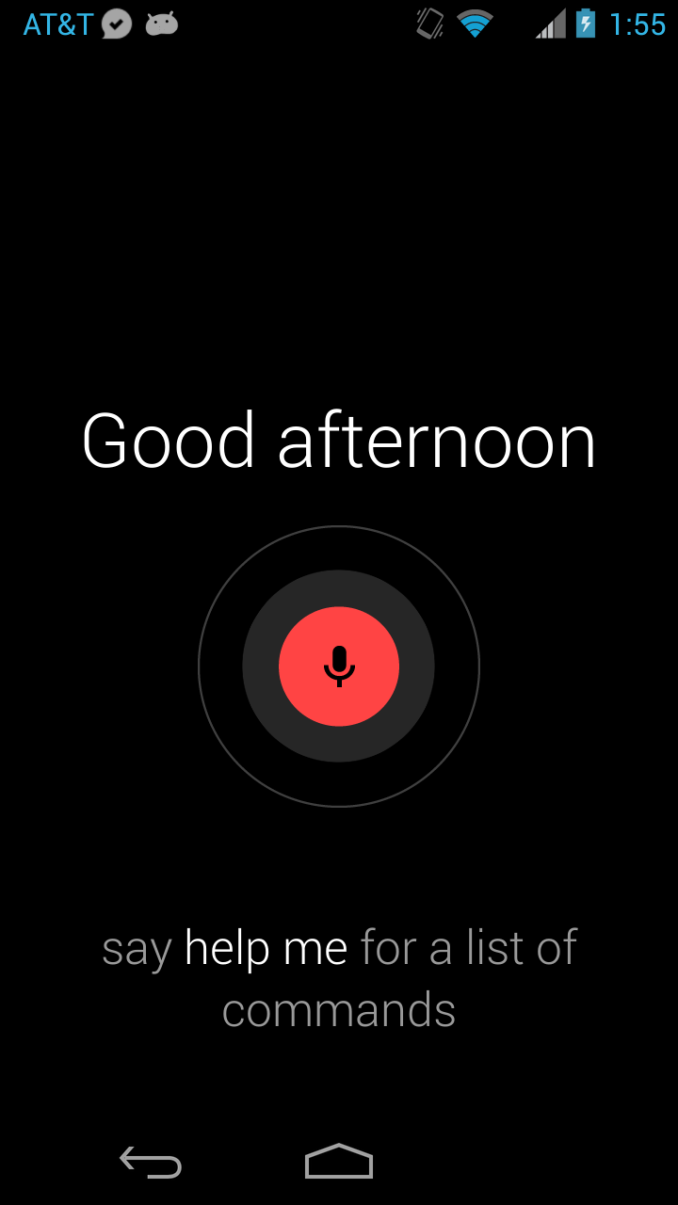
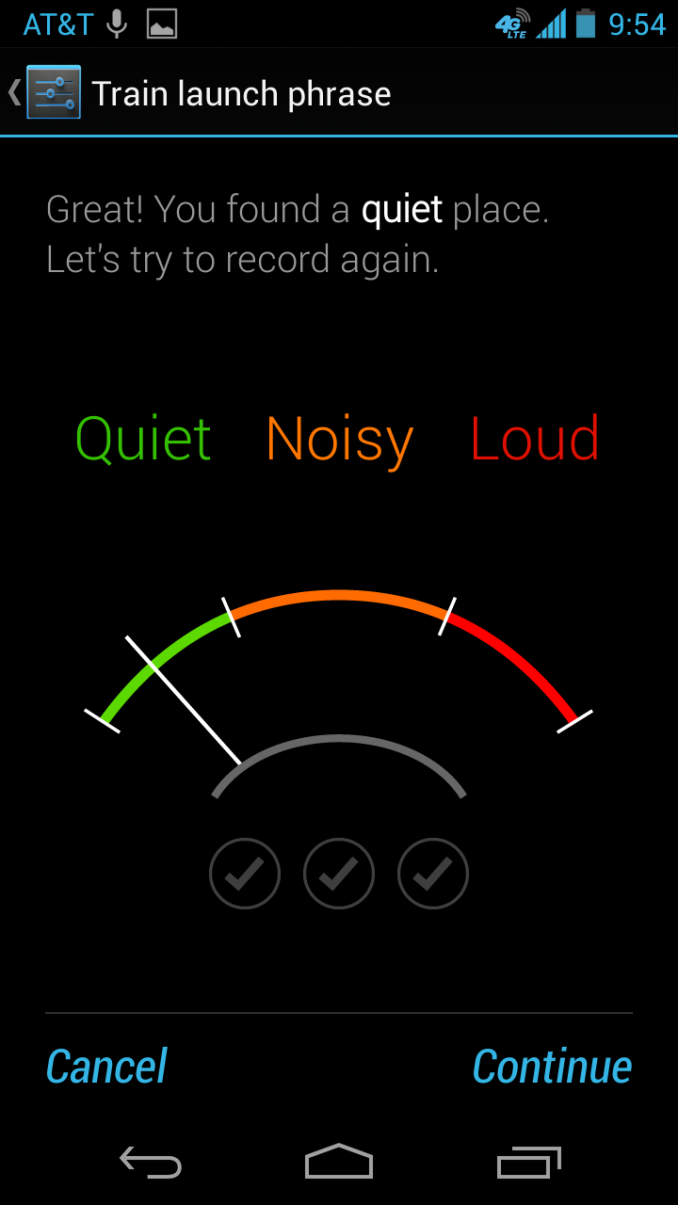
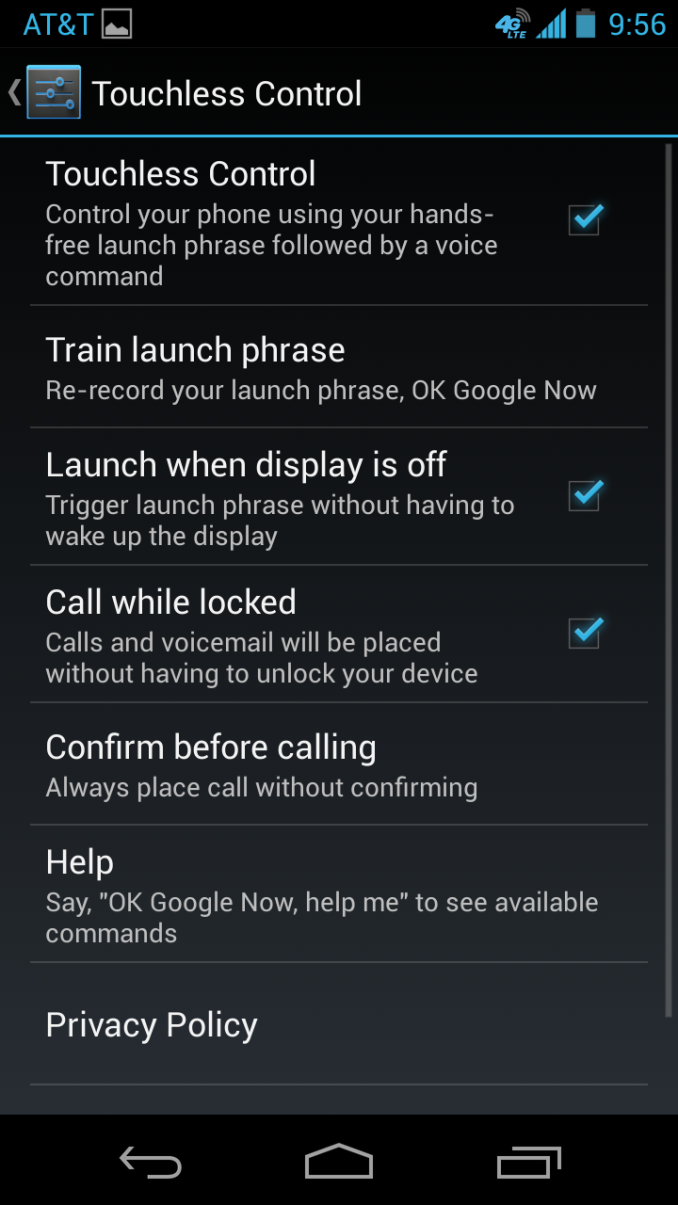
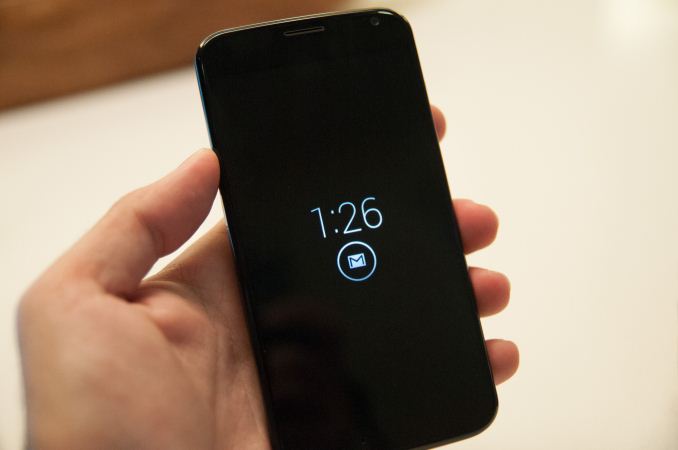
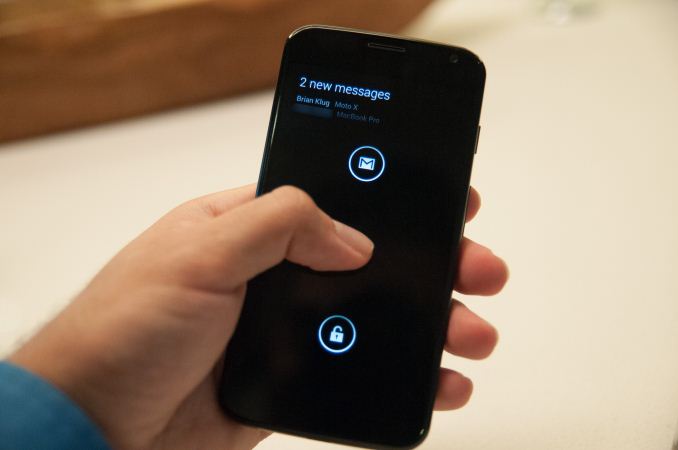
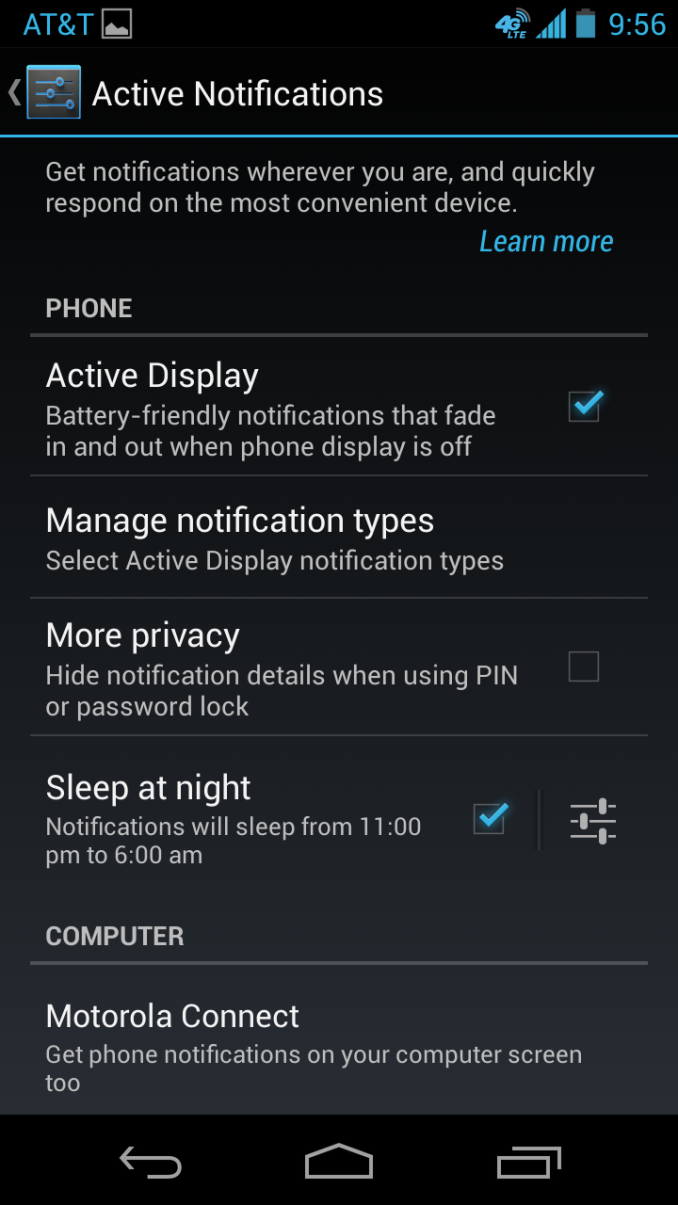
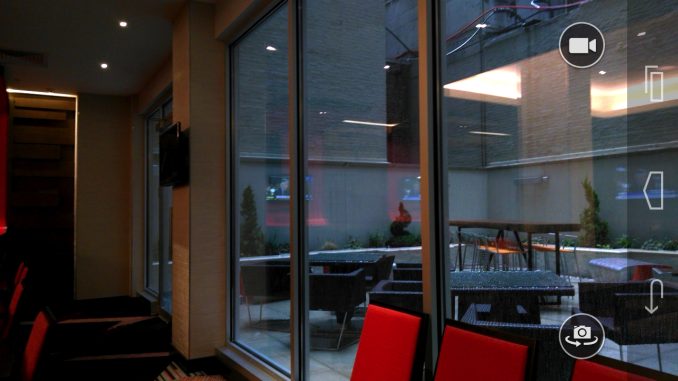
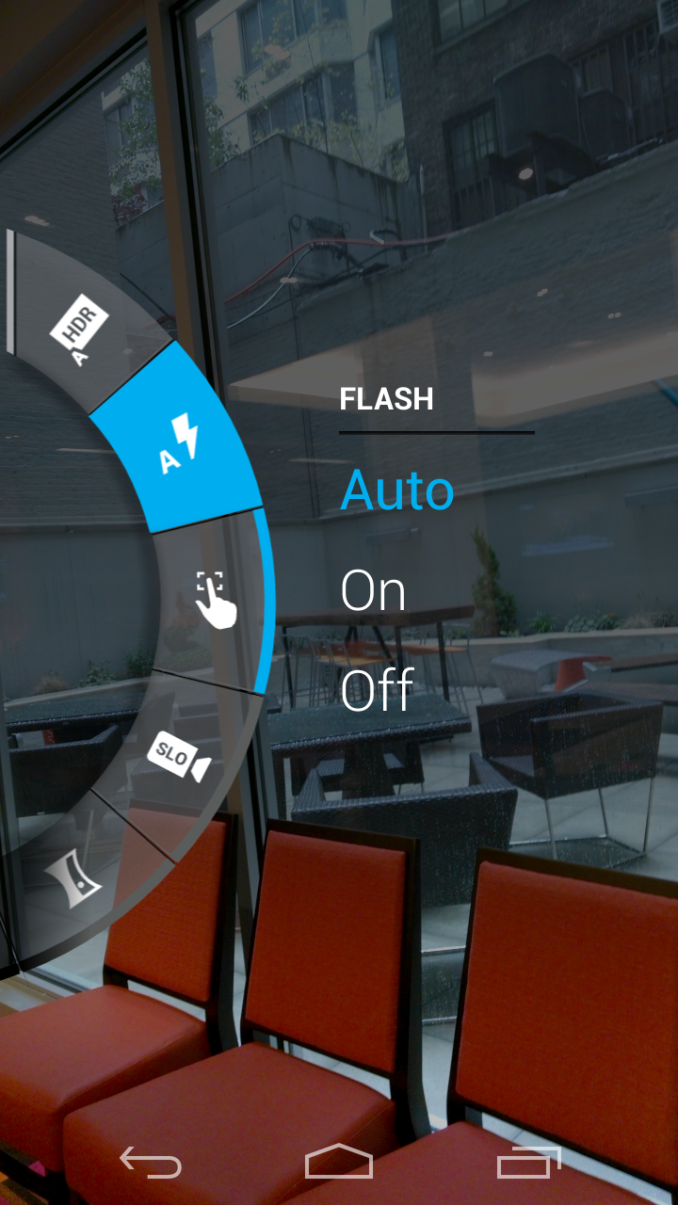








162 Comments
View All Comments
hrrmph - Friday, August 2, 2013 - link
I've got 3 devices: Z10, Note 2, Nexus 7 3G. The one that bugs me the most is the N7. Why?1. Because its the slowest to get data in and out of (due to not having a MicroSD slot);
2. It can't hold much data (due to not having a MicroSD slot);
3. Its slow to change a SIM chip (due to needing a tool to open the SIM carrier tray and the awkwardness of using the SIM carrier tray because the chip is always trying to slide out while you change it, such as when doing so on airplanes or boats); and
4. Changing a battery without tools is impossible (due to not having a removable back).
Compare that to the Samsung S4 where you just pop the back cover off and have access to Dual-SIMs, Micro-SDXC slot, and Battery, all ready for easy swapping and replacements.
The Moto-X brings an interesting size, a curved back, and WiFi-AC. Otherwise, it is lacking.
It is a "good enough" phone that will succeed only due to the massive marketing push behind it. It reminds me of those AOL CDs that used to fall out of magazines.
A lot of people are going to try it because its "there." They'll like it because its "close enough." And they'll feel good about it because it has some interesting colors.
It looks like Motorola is getting ready to fire up it's own "Reality Distortion Field." Mark my words, here comes another iteration of "form over function." And people will buy it, hook, line, and sinker. Kind of reminds you of Lumia, doesn't it?
skytophall - Friday, August 2, 2013 - link
..."It reminds me of those AOL CDs that used to fall out of magazines"...now that's funny!darwinosx - Friday, August 2, 2013 - link
Too bad they don't have the Nexus 7 in 32 gb right?ESC2000 - Monday, August 12, 2013 - link
... they do have the nexus 7 in 32 GB... and i can tell you it is unequivocally the best small tablet on the market unless you cannot bear to give up iosDentons - Thursday, August 1, 2013 - link
Not everyone has the same use case.If you travel, having a spare battery (or 3) is a tremendous benefit. I can carry 3 spare Samsung Galaxy batteries in the space of a single 3rd party chargers. I never have to hunt for outlets and can go for days at a time.
As for the lack of microSD, the only reason it's missing is because Motorola is pompous. They believe their phone is good enough to compete without a feature that would cost them pennies. Their phone is not that good. No phone is that good, exactly because some of the best phones in the world do have microSD.
For most customers, this phone will be exactly the same price as phones like the HTC One and Galaxy Note. This is Motorola's flagship phone. Compared to the flagship phones of Samsung, HTC, and Apple, the X is a failure.
Brutuski - Thursday, August 1, 2013 - link
Why yes... Apparently I have found room in my anus for both Verizon and Motorola to shove their dicks in there. $199 on contract for last years hardware, sure!jbrandonf - Friday, August 2, 2013 - link
A little graphic there but I agree with your point.jbrandonf - Friday, August 2, 2013 - link
Google removed the ability to install apps to SD cards, of course the Google-owned Moto isn't going to then throw in a card.Where they messed up is by defaulting to 16gb and making 32 exclusive. With more and more HD content available for phones(HD cameras,larger apps, movie rentals) 32gb will need to be the new standard.
darwinosx - Friday, August 2, 2013 - link
The carriers love 16 gb with as little space available as possible so you store as much as possible in the cloud and use a lot of bandwidth. It's a racket.lunarx3dfx - Monday, August 5, 2013 - link
Um, I agree with you that being able to change batteries is a per use case type of preference, but your thoughts about the reasoning behind no microSD slot is dead wrong. It isn't missing because Motorola is pompous, it's because they are owned by Google and Google has been trying to eliminate microSD in Android for a few years now. This is old news.Seeing as Motorola is owned by Google now, I would say it is safe to assume that all future Motorola devices will lack microSD support.
That being said, while I really like the design of the X, I agree that it is overpriced, and Moto's attempt to make it sound competitive by claiming it has "8 cores" is just sad. Give me a Nexus 4 or a HTC One any day of the week over this thing.